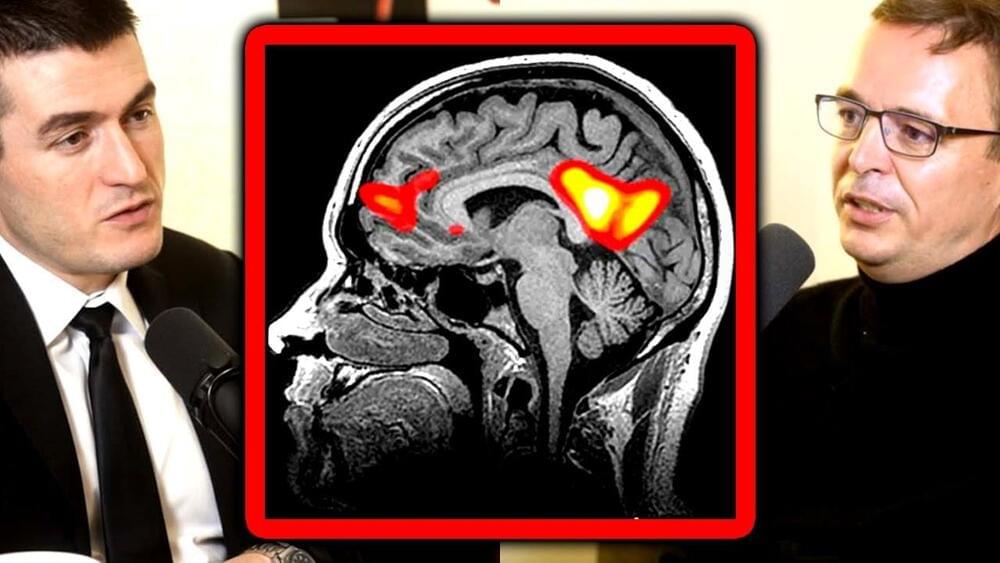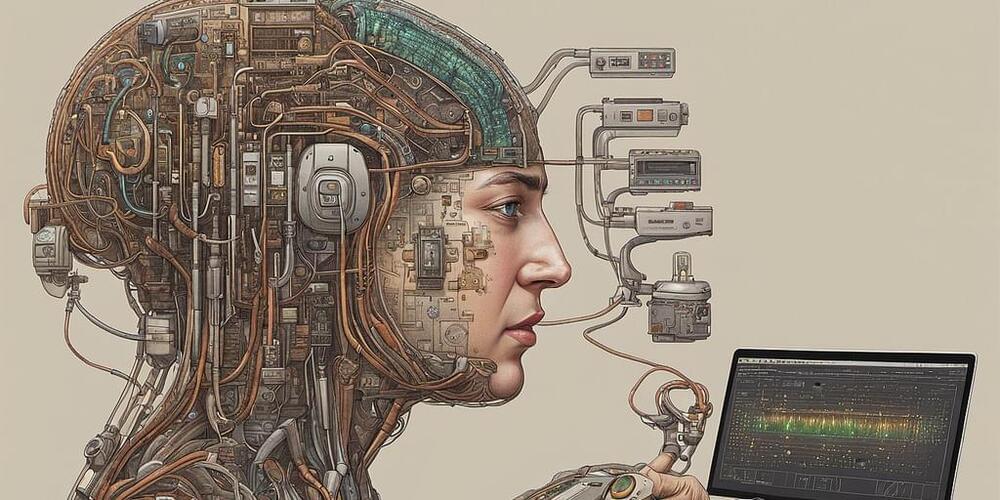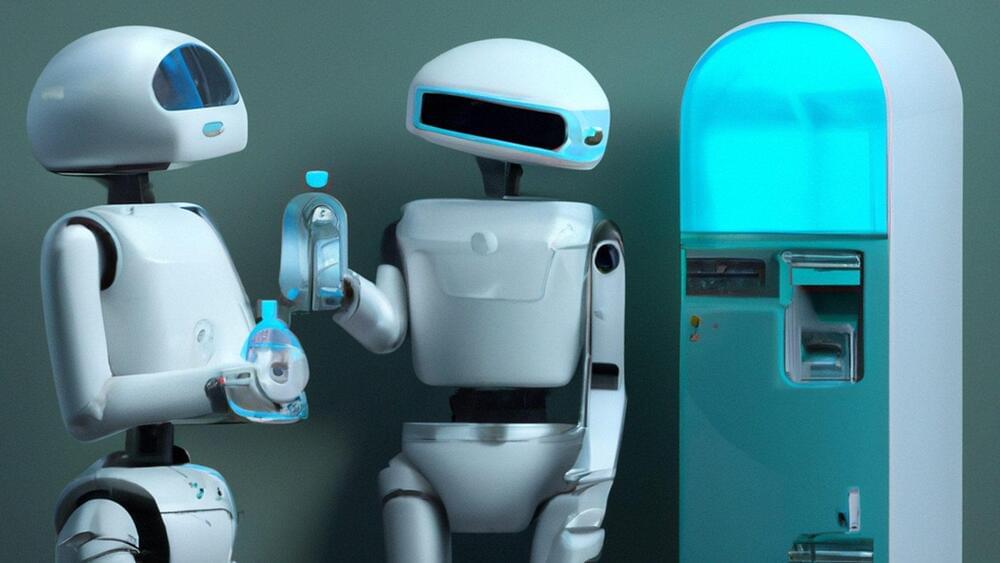The best detailed description of how consciousness develops and works that I’m aware of.
Lex Fridman Podcast full episode: https://www.youtube.com/watch?v=e8qJsk1j2zE
Please support this podcast by checking out our sponsors:
- Numerai: https://numer.ai/lex.
- Eight Sleep: https://www.eightsleep.com/lex to get special savings.
- MasterClass: https://masterclass.com/lex to get 15% off.
- AG1: https://drinkag1.com/lex to get 1 month supply of fish oil.
GUEST BIO:
Joscha Bach is a cognitive scientist, AI researcher, and philosopher.
PODCAST INFO:
Podcast website: https://lexfridman.com/podcast.
Apple Podcasts: https://apple.co/2lwqZIr.
Spotify: https://spoti.fi/2nEwCF8
RSS: https://lexfridman.com/feed/podcast/
Full episodes playlist: https://www.youtube.com/playlist?list=PLrAXtmErZgOdP_8GztsuKi9nrraNbKKp4
Clips playlist: https://www.youtube.com/playlist?list=PLrAXtmErZgOeciFP3CBCIEElOJeitOr41
SOCIAL:









